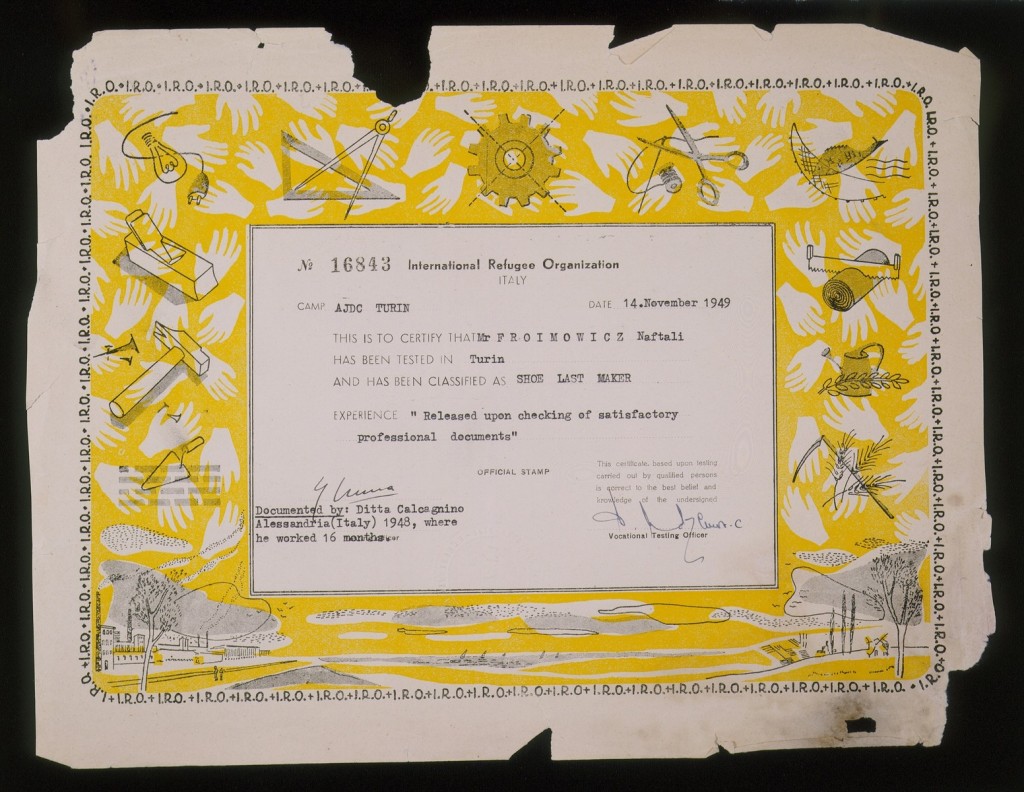
Turin Displaced Persons Camp
For the Jews who survived the Holocaust, the end of World War II brought new challenges. Many could not or would not return to their former homelands, and options for legal immigration were limited. In spite of these difficulties, these Jewish survivors sought to rebuild their shattered lives by creating flourishing communities in displaced persons camps in Germany, Austria, and Italy. In an unparalleled six-year period between 1945 and 1951, European Jewish life was reborn in camps such as Turin.
The northern Italian city of Turin and its adjacent countryside in the Piedmont area of Italy hosted several large displaced persons (DP) camps as well as numerous hachsharot (pioneer training collectives). The DP camp in Turin proper increased from 950 DPs at the end of 1946, to approximately 2,000 by the middle of the next year. Palese, the largest DP center in Italy, housed 3,200 DPs in a network of several hachsharot and kibbutzim in March 1947, just months after a riot against British immigration restrictions to Palestine occurred there in the summer 1946.

Grugliasco, a town southwest of Turin, organized a school, a synagogue with a new Torah scroll, and a library that received newspapers in English and German. With help from the Joint (The American Jewish Joint Distribution Committee), ORT (Association for the Promotion of Skilled Trades) opened several workshops in the Turin-area camps, training DPs in various industries, including knitting and leather tanning. The Joint also opened a newborn and infant hospital and a kitchen in the Turin camp.
Critical Thinking Questions
- What challenges did survivors face in the DP camps?
- What challenges did the Allies face in establishing and supervising DP camps?
- What responsibilities do (or should) other nations have regarding refugees from war and genocide?

